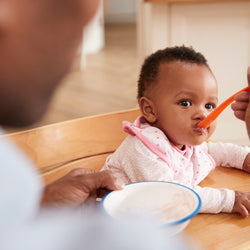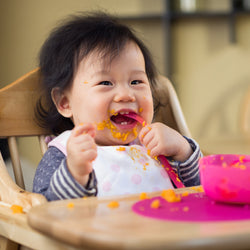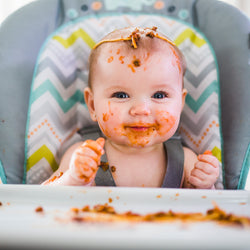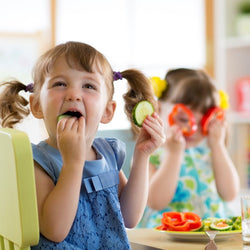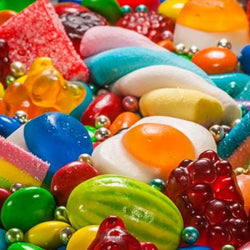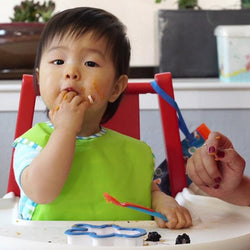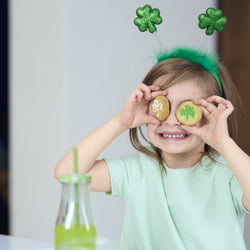How to Make and Store Homemade Baby Food
You’ll be surprised how easy and affordable it can be to make (and store) food for your baby.
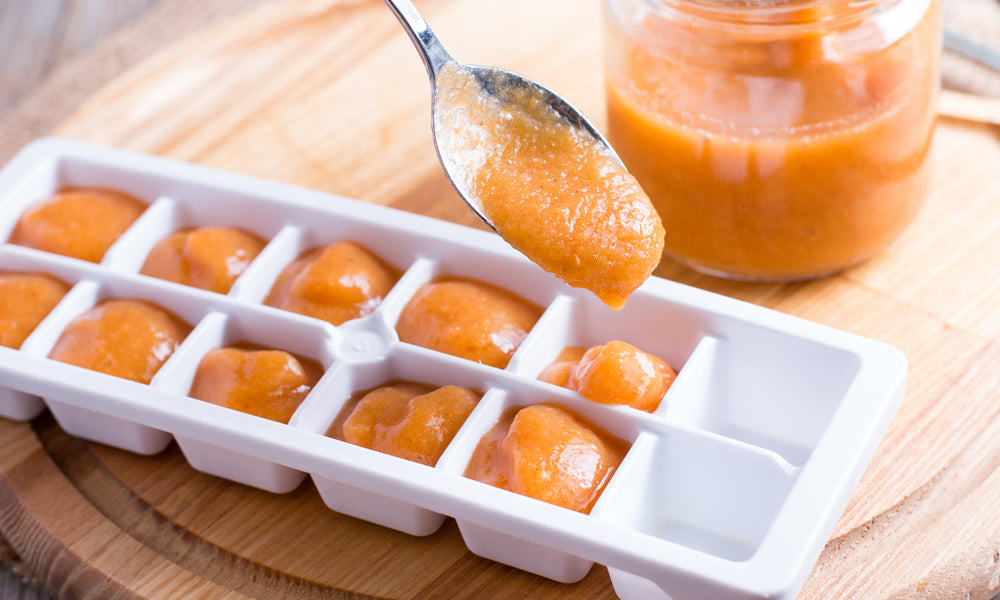
by Jess Wartinger
Oct 04, 2018
There are times when babyhood seems to fly by in the blink of an eye. All of a sudden your cuddly newborn is has grown into a fun-loving baby who’s ready to make the transition to solid foods.
Introducing solid foods is exciting. Your baby becomes a real participant at mealtimes and even begins learning skills such as table manners, taking turns, and having conversations.
While the cost of buying pre-made baby food can quickly add up (especially if you’re purchasing organic baby foods), making homemade baby food can be a more cost-effective option.
Not sure where to start? Check out our guides for making homemade baby food (including recipes for every stage):
Read more
Article Continues Below Advertisement
How To Store Homemade Baby Food
Once you’ve tried making baby food (and realized how easy it can be) you’ll likely want to make a large quantity at a time and store the extra for another day. Here are four easy ways to store your homemade baby food that will make sure baby’s meals are as fresh as can be.
Option #1 - Store Homemade Baby Food in the Fridge
You may assume that, since baby food is essentially a pureed version of adult food it’s safe to store in the refrigerator for several days. Unfortunately, the pureed nature of this food means it cannot be stored in the fridge longer than 48 hours.
If you’re planning to use the homemade baby food within the next two days, you may store it in the fridge in an airtight container. If you’re unsure you’ll be able to use it within this strict time frame, it’s best to look for an alternative storage method.
Option #2 - Freeze Homemade Baby Food Using Ice Cube Trays
Storing homemade baby food using ice cube trays is one of the most efficient methods for freezing large quantities of baby food. Ice cube trays are readily available and often measure about 1 oz, meaning you’ll have a good idea of how much baby has eaten throughout a feeding.
To make the most out of your ice cube space, consider freezing the baby food for several hours, until firm, and popping it out of the trays into a labeled freezer bag. Your trays are then able to be washed and refilled with a different type of homemade baby food.
While you can use any ice cube trays (even those standard ones in your freezer), there are specialty products designed for baby food. Our favorite trays come with lids that securely attach to keep the cubes from getting freezer burn. Similar products made of silicone are also available.
Shop
Article Continues Below Advertisement
Option #3 - Freeze Homemade Baby Food Using a Cookie Sheet
If you’d rather avoid purchasing special baby food trays, a cookie sheet can come in handy for freezing baby food. Cover your cookie sheet with waxed paper. Then, simply drop mounds of pureed food onto it like you would when baking cookies. Once frozen, you’ll want to transfer these mounds to a labeled freezer bag.
Option #4 - Freeze Homemade Baby Food Using Glass Jars
If you regularly use glass food storage containers, you may want to do the same for baby food storage. Freezing baby food in glass containers is a great method, as long as you’re using freezer-approved containers such as these glass cubes. Glass containers that aren’t freezer approved may crack when frozen, leaving minuscule shards of glass embedded in the foods
Shop
Homemade Baby Food Safety
While freezing is the best option for long-term baby food storage, pureed foods shouldn’t be kept indefinitely. Carefully date and label all frozen baby foods and regularly rotate them out, using the oldest purees first. Optimally, frozen baby foods should be kept no longer than 3-6 months before being consumed.
Shop
While learning how to make and store homemade baby food may seem like a monumental task, you’ll likely be surprised how easy and affordable it can be to make large quantities of delicious food for your baby.
Jess Wartinger
Jess Wartinger resides in rural New York with her husband and five children. Formerly an early elementary teacher, Jess currently spends her time loving her kids and holding down the fort at home.


